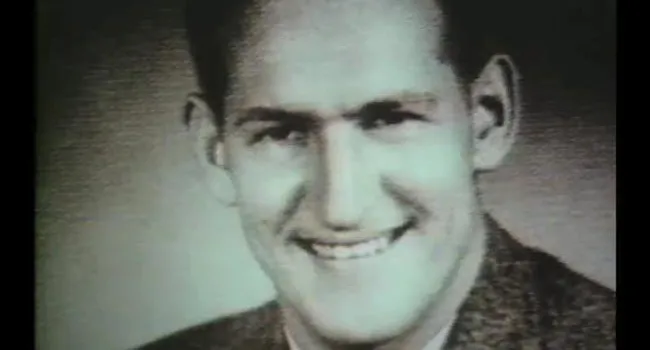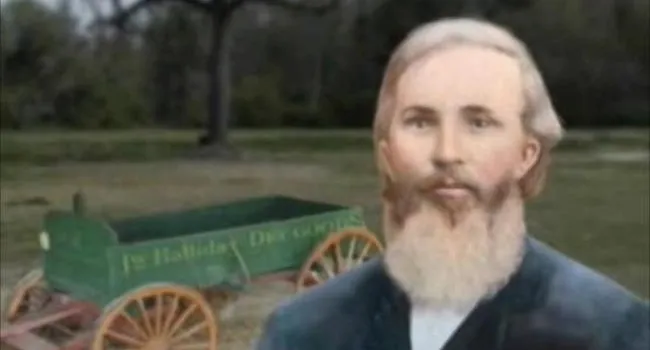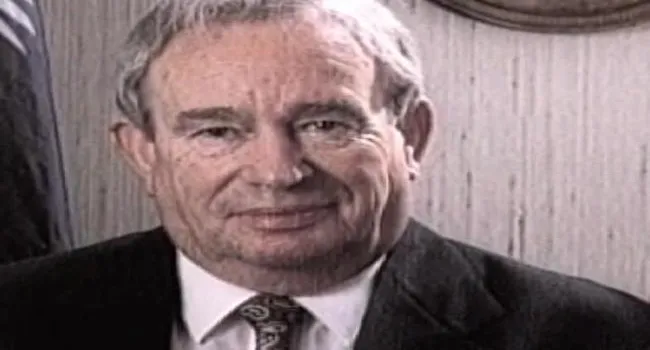An interview with Elise Pinckney, a direct descendant of Eliza Lucas Pinckney.
Eliza Lucas Pinckney
(1722–1793)
Eliza Lucas, who was born in 1722 in Antigua, was 16 when she took charge of her father's plantation near Charles Town and successfully managed it.
In 1738, Lieutenant Colonel George Lucas, a British Army officer posted in Antigua, had moved his family to the Province of South Carolina hoping the climate would prove better for his unhealthy wife. He was called back to his military post in Antigua when war broke out with Spain. In a few years, he became lieutenant governor, and this left his daughter to run the estate and to care for her mother and a younger sister.
In her father's absence, Eliza Lucas ran the plantation, taught her younger sister, as well as two black children, to read and write, studied music and art, wrote letters extensively, and studied enough law to draft legal wills for area residents.
The remarkable teenager is famous, however, for her successful experiments to make a high-quality blue dye from the indigo plant. South Carolina's economy was based on rice, and planters were hurting; they had over-produced, and their markets abroad dried up because of England's conflicts with Spain and France.
Eliza Lucas' father sent her indigo seeds from the West Indies, and she experimented for three years, eventually perfecting a method of making blocks of indigo cakes to be turned into dye. The dye, for which England had relied upon from French sources, was in great demand. It was used in military uniforms and in dress coats of the day.
She provided a new, lucrative business for South Carolina planters. Lewis Booker Wright in South Carolina, A Bicentennial History (1976) wrote, "So rapid was the development of the industry that by 1748, South Carolina shipped England 134,118 pounds of indigo cakes, and it remained a profitable crop until the Revolution."
Historian Edward McCrady wrote: "Indigo proved more really beneficial to Carolina than the mines of Mexico or Peru were to Spain . . . . The source of this great wealth . . . was a result of an experiment by a mere girl."
In 1744, she married a widower, Charles Pinckney, a Chief Justice of the Province, and they had four children, Charles Cotesworth, Thomas, another son who died, and a daughter, Harriott.
After her marriage, Eliza continued experiments with hemp and flax and revived the silk culture in the Lowcountry. She took over management of her husband's several plantations and Charles Town properties after his death in 1758.
Her two sons became national figures: Charles Cotesworth Pinckney, who was a general in the Revolutionary War and a signer of the United States Constitution; and Thomas Pinckney, also a Revolutionary War officer, later a general, and the United States Minister to Spain and to Great Britain.
Charles C. Pinckney continued his mother's love for experimental farming and was an early planter of sea island cotton, a grade of cotton excellent for use in high-quality goods. He shared his scientific knowledge with fellow planters, just as his mother had shared hers.
Eliza Pinckney copied her correspondence in a letterbook, which has been preserved, providing extraordinary insight into Colonial life in the Lowcountry, and which reveals her own strong personality, intelligence, and convictions. A sample from a 1742 letter to a friend:
"Wont you laugh at me if I tell you I am so busey in providing for Posterity I hardly allow my self time to Eat or sleep and can but just snatch a minnet to write to you and a friend or two now. I am making a large plantation of Oaks which I look upon as my own property, whether my father gives me the land or not; and therefore I design many years hence when oaks are more valuable than they are now—which you know they will be when we come to build fleets [ships]. I intend, I say, 2 thirds of the produce of my oaks for a charity (I'll let you know my scheme another time) and the other 3rd for those that shall have the trouble of putting my design in Execution."
Eliza Lucas Pinckney lived to see her sons achieve prominence and America win its Revolution. She died after a brief illness in 1793 in Philadelphia, where she had been taken for treatment, and is buried there. At his own request, George Washington was a pallbearer.
The Charleston City Gazette, in Eliza Pinckney's obituary, wrote, "Her manners had been so refined by a long and intimate acquaintance with the polite world, her countenance was so dignified by serious contemplation and devout reflection, and so replete with all that mildness and complacency which are the natural results of a regular uninterrupted habit and practice of virtue and benevolence that it was scarcely [possible] to behold her without emotions of the highest veneration and respect. Her understanding, aided by an uncommon strength of memory, had been so highly cultivated by travel and extensive reading, and was so richly furnished, as well with scientific, as practical knowledge, that her talent for conversation was unrivalled . . . .
Her religion was rational, liberal, and pure. The source of it was seated in the judgment and the heart, and from thence issued a life, regular, placid and uniform."
Eliza Lucas Pinckney was inducted into the South Carolina Business Hall of Fame in 1989. She was the first woman so honored.
© 1999 South Carolina Business Hall of Fame











